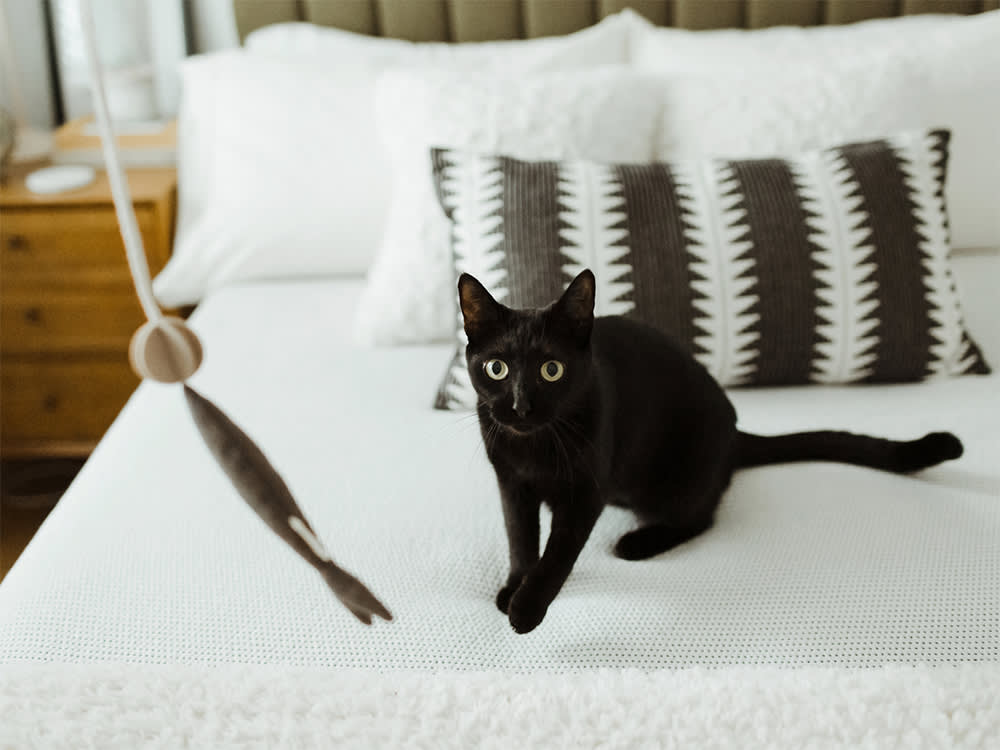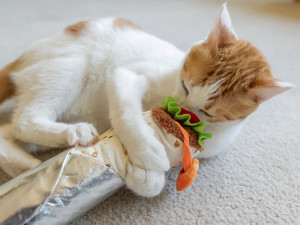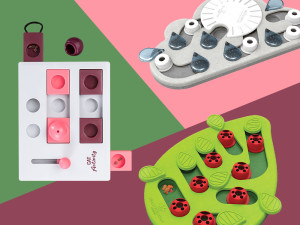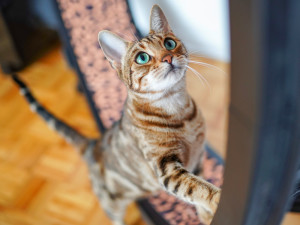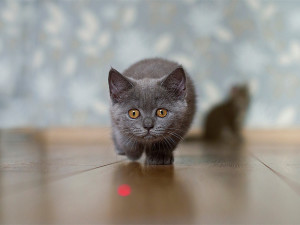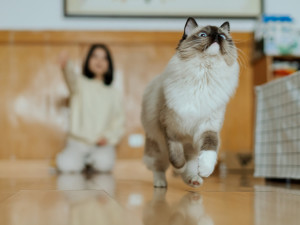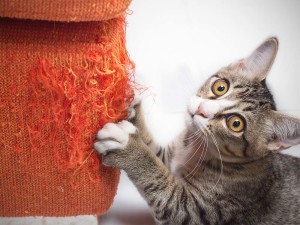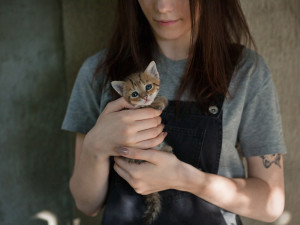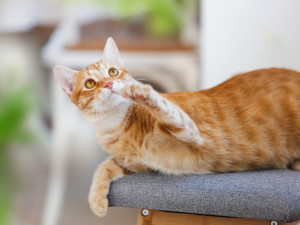How to Play With Your Cat
Cat behaviourist Cristin Tamburo’s got a game plan
All cats need play. Even cats who seem like they couldn’t care less. It’s instinctual. Primal. And essential for a happy and fulfilling life. “Play helps satisfy a cat’s natural need to hunt,” says cat behaviourist and Kinship Collective member Cristin Tamburoopens in new tab. “In the wild, feral cats spend up to 50 percent of their day hunting, and many of those same actions and behaviours are also seen during play. While many domestic cats spend most or all of their time indoors and rarely or never actually hunt, the instinct is still very much hardwired.”
Play has other benefits, too: it strengthens the human-animal bond, keeps cats active and in better shape, and can improve relationships between cats and other pets in the home – especially if they all play together. Also, cats that are played with regularly are much less likely to exhibit behavioural issues such as excessive meowing and aggression.
How often should I play with my cat (and for how long)?
Tamburo recommends playing with your cat every day, or at least a few times a week. “Some cats may not necessarily be interested in playing every day and others, especially when younger, may require more than one session per day,” she says. “As a general rule, I suggest that my clients engage in a 10 to 15-minute play session once or twice a day, at whatever time their cat seems to be most interested/active.”
Ten to 15 minutes is just a general guideline, though. “Younger cats and kittens generally have a lot more energy and will stay engaged in play longer than older cats, so I recommend, whenever possible, to play with your cat until they tire out.”
But how do I play with my cat?
First, get your cat some toys. “Like humans, cats can have different preferences,” says Tamburo. “Some are more interested in toys they can chase, while others prefer puzzle feeder-type toys. Many cats also enjoy wand toys or those they can wrestle with.
“I’m also a big fan of interactive toys such as the Turbo Scratcheropens in new tab, the Cat Dancer Deluxeopens in new tab and certain electronic toys. They’re not a substitute for human-cat play sessions, but they are a great way to keep cats stimulated between play sessions or when humans are busy.”
How do I know which toys my cat will like?
Trial and error. Get a bunch of toys and see what they respond to. You don’t even have to spend any money – just post on Facebook that you’re looking for used cat toys and watch the DMs come pouring in. And know that just because your cat isn’t interested in a toy one day doesn’t mean they never will be. “Preferences can always change,” says Tamburo. “If they don’t like something at first, put it away and try it again in a few weeks or months.”
I’ve got the toys – now what?
If you’re using second-hand toys, be sure to clean them thoroughly to remove any smells from the previous owner that might deter your own cat. Tamburo also recommends using catnip to stimulate play. “Up to 70 percent of cats respond to catnip or catnip toys,” says Tamburo. “So spraying the toys with a catnip spray can help entice them.”
Also, keep in mind that some cats can be hesitant of new things, so go slow. Set the toy down and let your cat check it out and get used to it before you start waving it around. “For things like the Turbo Scratcher and puzzle-type toys, it’s always good to show your cat how to use the toy when first presenting it,” says Tamburo.
Is there anything I should avoid doing when playing with my cat?
Try not to be too aggressive. Remember that your cat is the hunter in this scenario. You don’t want to freak them out and put them on the defensive. Also, don’t go whipping toys in their faces in an attempt to make them engage. Play should imitate hunting, so if you’re using a wand toy, for example, flick it around on the ground or in the air in your cat’s eyeline, but far enough away from them that they have to actually move closer to engage. It might take a little time before they pounce, but that’s OK – it’s all part of the game.
“It’s also important that you give your cat the opportunity to ‘catch’ whatever it is that they are playing with, so they can fulfil their prey sequence,” says Tamburo. This will ensure that play is satisfying rather than frustrating, and is especially important with toys like laser pointers, which can cause anxiety in cats when they are unable to catch that pesky red dot.
This doesn’t mean laser pointers are bad – just that you need to find some way to bring the game to a satisfying conclusion. For instance: you could set a little pile of treats down in another room and then use the laser pointer to entice the cat towards them. Once they pounce on the treats, you can turn off the laser pointer and put it away for another day.
Whatever you do, the important thing is that you do something. Some sort of play, even if it isn’t perfectly stimulating or thrilling, is always better than no play at all, and will only improve your relationship with your cat and their overall happiness and wellbeing.
